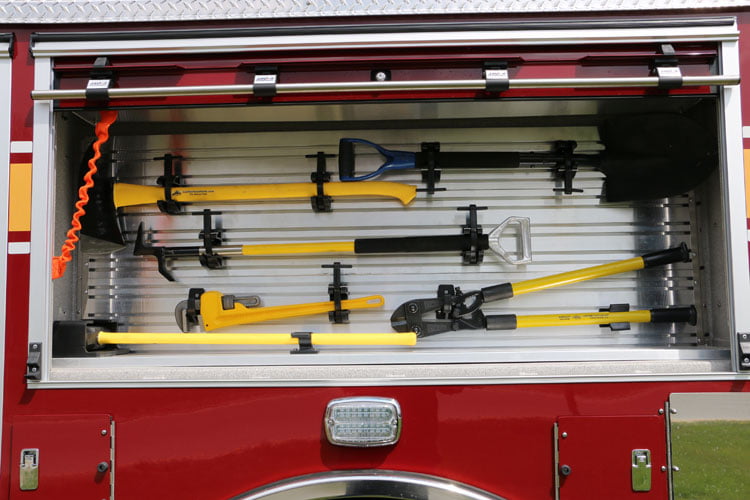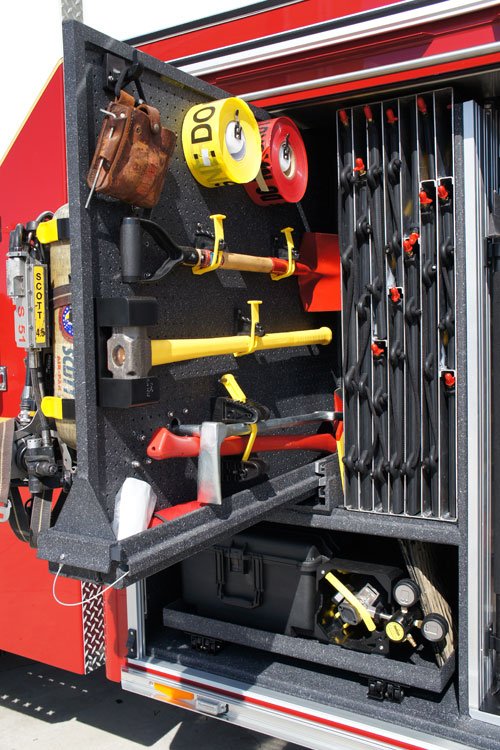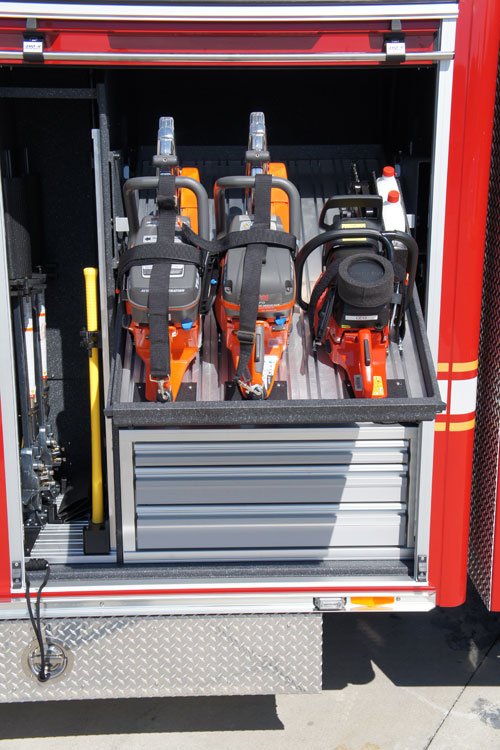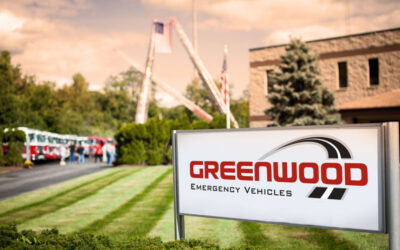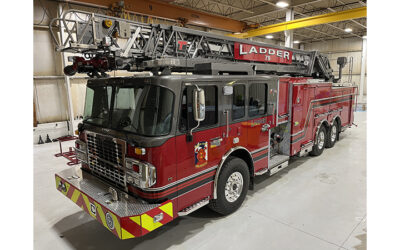Recently I have been posting a number of pictures on Twitter that show great ideas and designs for storing equipment on fire apparatus. The finished products look great, but what is not taken into account is all the time, attention, mistakes, and dedication to get these compartments right. When storing equipment on your apparatus, as always, the operational end of the mounting should be the focus. So, some of the questions we should ask when planning the storage/mounting of equipment should be:
- How often are we going to need this piece of equipment?
- How quickly can we deploy it for the incident that requires its use?
- Do we have to move a bunch of stuff to reach this equipment?
- Did we mount/store the equipment ready to use, or does it require more steps?
- What are the factors that lead us to mount/store it this way?
Putting all these pieces of equipment on the apparatus requires as much planning as the purchase of the rig does. There are many factors that will need to go into how you design the compartments that could affect how the rig is built. As talked about in previous articles, big bulky, long, or odd-shaped equipment may take a design that will require the manufacturer to assist the department. But as the equipment gets less big and oddly shaped, the department will take the lead in placing the tools for mounting and storage. This planning requires knowledge of the equipment you are going to store/mount, including the dimensions for storage. Knowing how to properly measure is crucial when it comes to storing/mounting equipment. There are a number of issues that I have seen that can cause this project to go haywire. Understanding clear door openings, inside dimensions, and outside dimensions will save you a lot of frustration. Ensuring that where the equipment is stored/mounted will actually make it out of the compartment without excessive movement or manipulation is crucial to deployment speed.
All the things that we, as the end users, add to these compartments can create issues. Dividers, trays, sliding trays, tilting trays, and bins can take up precious space and also make some of the compartment unusable. Careful design will help make sure all the usable space is properly used for maximum storage/mounting.
Having members of your organization who are skilled in fabrication or in design will help make your rig better in the long run. I strongly urge departments to look at storage ideas from numerous departments to help get ideas to make their rigs the best laid out they can possibly be. Having a third-party fabricator assist your department in equipment storage/mounting is another avenue that can help ensure that all your equipment has a place and is properly stored/mounted. As expensive as the actual rig is, the equipment we place on these rigs is also expensive. It does not help when we have this equipment just placed in compartments or rolling around, damaging the inside of the compartments or doors and damaging the equipment itself. The money that we spend in mounts and fabrication will keep these pieces of equipment ready for operations.
Even the best laid out plans and designs may need to change as the process goes on. So, be prepared and be able to adjust, adapt, and overcome the problems that might come about with trying to store all your equipment.
There are a number of departments that have done fabulous jobs in making sure that everything has a place and that it is properly mounted. I urge you to find them on the Internet and take a look. Some include:
- Winter Park, FL. Fire Department Truck 61
- Clearwater, FL. Fire Department Squad 51
- Kentland Volunteer Fire Department, MD. Rescue Engine 33
- Hollywood Volunteer Fire Department, MD. Squad 7
- Prince George’s County Fire/EMS Department, MD. Engine 821
I am aware that there are many more examples across the country to also look at. These are just a samples. As always, thank you for taking the time to read “The Rig” and some of the ideas, designs, and options that I am fortunate enough to see and document.
RICKY RILEY is the president of Traditions Training, LLC. He previously served as the Operations Chief for Clearwater (FL) Fire & Rescue and as a firefighter for Fairfax County (VA) Fire & Rescue. He also currently serves as the rescue engine captain at the Kentland (MD) Volunteer Fire Department. He also is a member of the Fire Apparatus & Emergency Equipment editorial advisory board.


